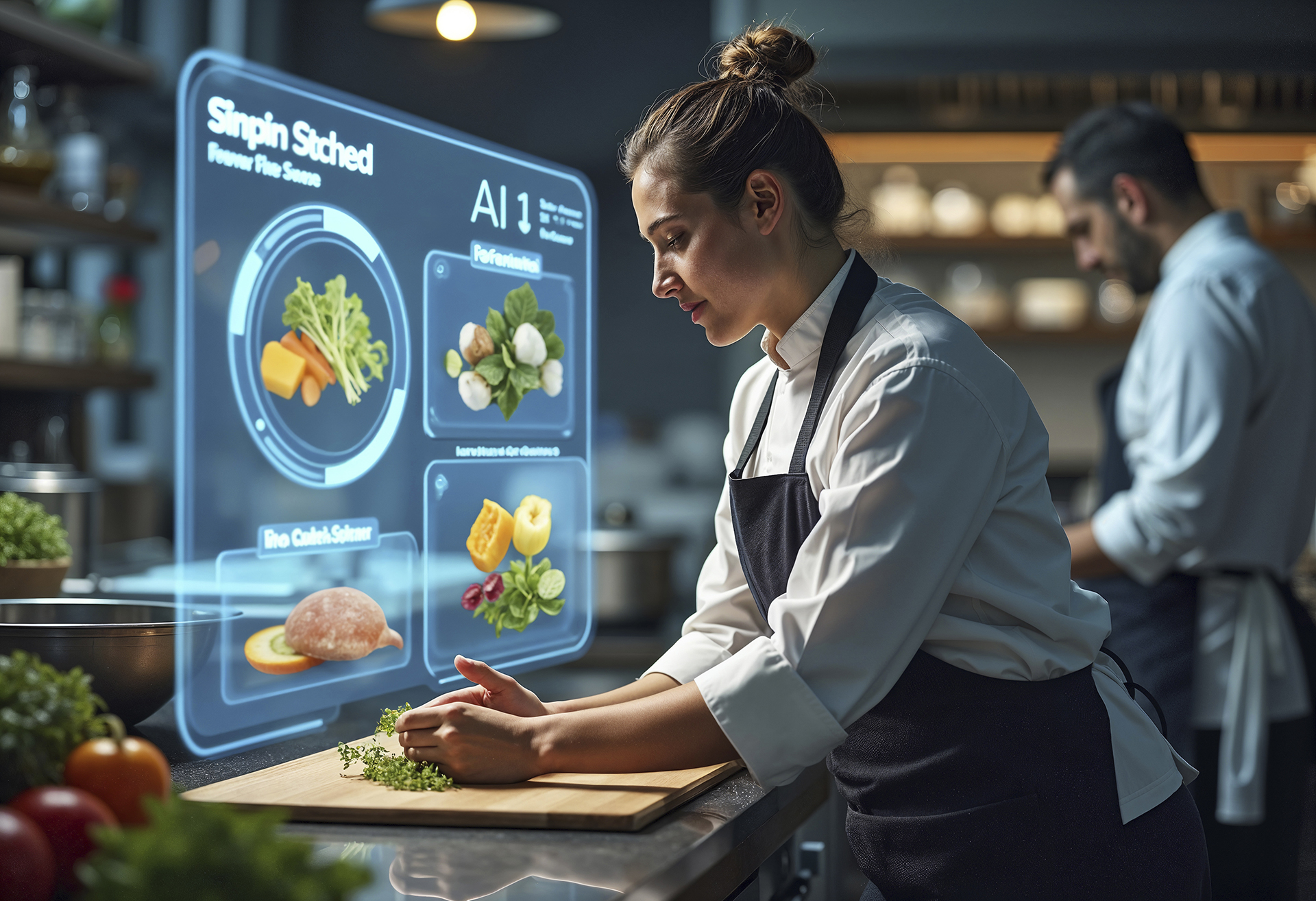
Perfecting a Restaurant Smart Kitchen

Smart kitchens are designed to improve efficiency, safety, and profitability by enabling communication between operators and networked appliances in an effort to better coordinate production and service. By transitioning from a traditional restaurant back-of-the-house (BOH) configuration to an interconnected kitchen, throughput can be better managed, costs reduced, and customer service enhanced. While the initial investment for a smart kitchen exceeds a legacy design, the long-term savings in energy, labor, management, and maintenance typically offset the additional expense. Smart appliances like refrigerators, cooktops, ovens, and dishwashers can be conveniently controlled via touch screens, smartphones, or voice commands. Additionally, appliances can be equipped with automated functions such as self-cleaning modes, precise temperature controls, and ingredient usage.
In the coming year, nearly three-quarters of operators reportedly plan to improve kitchen efficiency and consistency by investing in new technologies, according to a survey by the National Restaurant Association. By definition, the Internet of Things (IoT) is a smart kitchen technique used to create a network of physical objects (e.g. kitchen equipment) that often includes artificial intelligence (AI). Smart kitchen components, equipped with sensors and specialty software, are capable of monitoring, recording, and transmitting data among linked devices. By facilitating data transference between devices, IoT and AI also enable remote access and control to the network.
Read the full white paper on your member dashboard






